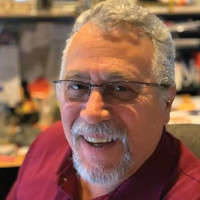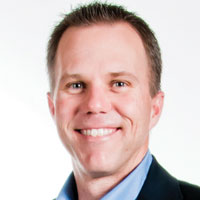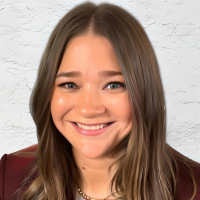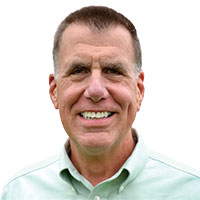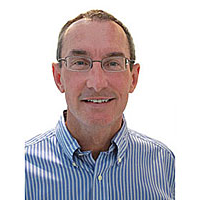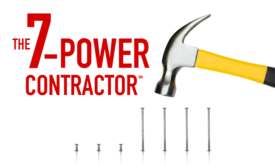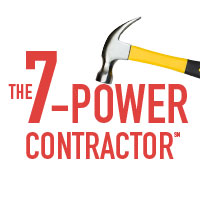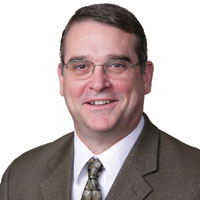Featured on Home Page
New water heater reduces family’s monthly electric bill.
Read More
Reverse osmosis removes unwanted contaminants, bad tastes and odors from drinking water
Stop wasting customers' water and money.
September 11, 2019
Kenny Chapman: Size and stress levels aren’t related
Building, owning and leading a large company does not have to be more stressful than owning a small one.
September 10, 2019
Hydronic heating provides superior comfort
Industry professionals weigh-in on current market trends.
September 9, 2019
John Siegenthaler: Bidirectional Btu
The flexibility of hydronic systems.
September 6, 2019
Al Levi: Sharpening the axe before you need it company culture
The value of looking ahead, being prepared and staying ahead.
September 4, 2019
Keep your content unclogged with our newsletters!
Stay in the know on the latest plumbing & piping industry trends.
JOIN TODAY!Copyright ©2024. All Rights Reserved BNP Media.
Design, CMS, Hosting & Web Development :: ePublishing




